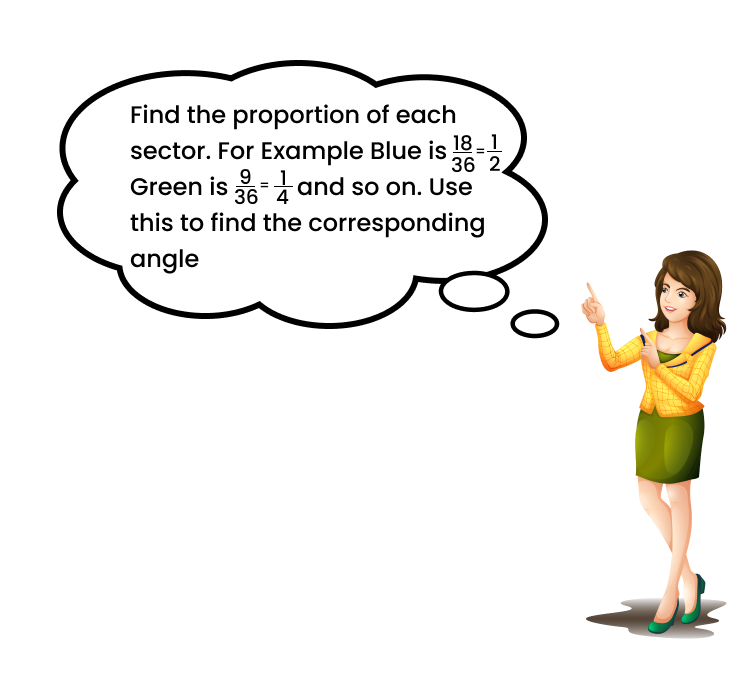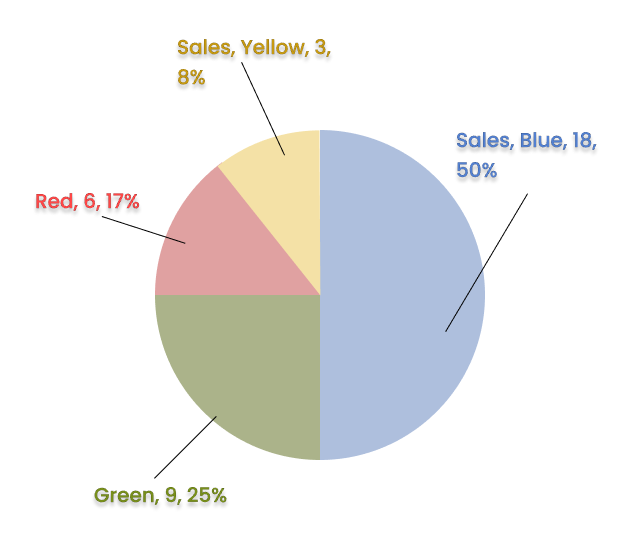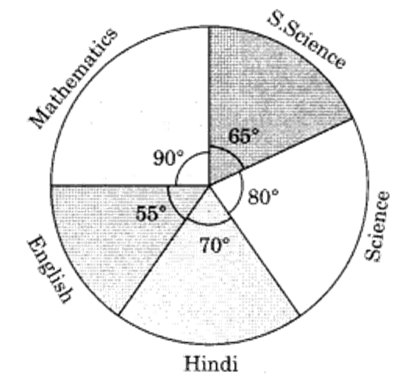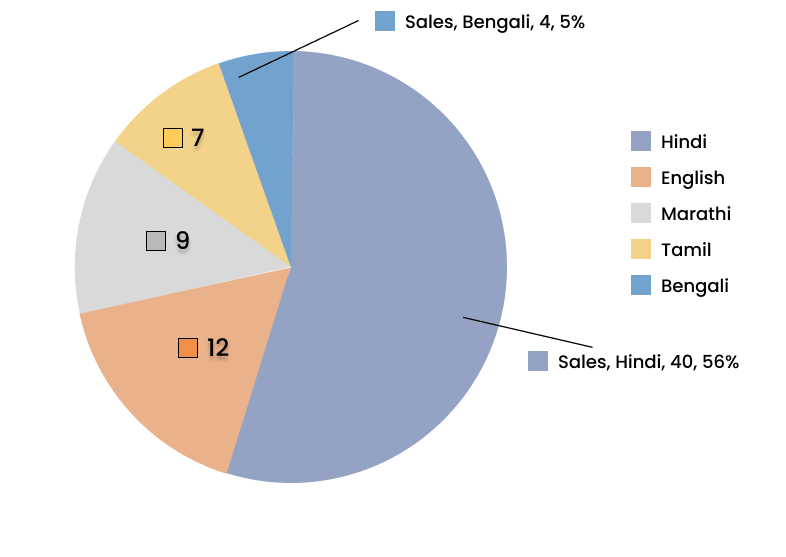Class 8 Maths NCERT Solutions Chapter 4 Data Handling Exercise 4.1 - FREE PDF Download
FAQs on NCERT Solutions for Class 8 Maths Chapter 4 Data Handling Ex 4.1
1. What is data handling in class 8 maths exercise 4.1 solutions pdf?
Data handling involves collecting, organizing, and interpreting data to make it useful and understandable. It helps in representing data in various formats such as tables, charts, and graphs. This process is essential for making sense of large amounts of information and drawing meaningful conclusions.
2. Why is it important to learn data handling?
Learning data handling is crucial because it develops analytical skills and helps in making informed decisions based on data. It is also a fundamental skill used in various fields like science, business, and economics. Mastery of data handling techniques can improve one's ability to manage and utilize data effectively.
3. What is a frequency distribution table in class 8 exercise 4.1 ?
In class 8 exercise 4.1 a frequency distribution table is a way to organize data into categories and show the number of occurrences (frequency) of each category. It helps in summarizing large data sets for easier interpretation. By grouping data into intervals or categories, it simplifies the analysis of patterns and trends.
4. What is the difference between mean, median, and mode in class 8 maths ex 4.1?
In class 8 maths ex 4.1 the mean is the average of all observations, the median is the middle value when the data is ordered, and the mode is the value that appears most frequently in the data set. Each measure gives a different perspective on the data distribution and is useful in different scenarios.
5. How can organizing data help in problem-solving oin maths class 8 chapter 4 exercise 4.1?
Organizing data helps in identifying patterns and trends, making it easier to analyze and draw conclusions. It simplifies complex data and aids in effective problem-solving. Properly organized data allows for better visualization and understanding, leading to more accurate and efficient solutions.
6. What is the significance of the mean in data handling in maths class 8 chapter 4 exercise 4.1?
The mean is significant because it provides a central value for a data set, representing a balance point. It is useful in comparing different data sets and identifying overall trends. The mean is widely used in statistics, economics, and everyday calculations to find average values.
7. How can a frequency distribution table be created in class 8 math exercise 4.1 ?
To create a frequency distribution table, list all the distinct values or intervals of the data set. Then, count the number of times each value or interval occurs and record these frequencies in a table format. This process helps in organizing and summarizing the data effectively.
8. What types of questions are likely to be asked from class 8 math exercise 4.1 ?
Questions from class 8 math exercise 4.1 may include creating and interpreting frequency distribution tables, calculating the mean, and organizing data. Students may also be asked to analyze data and draw conclusions based on the frequency distribution. Understanding these concepts is essential for solving various types of data-related problems.
9. How does mastering class 8 maths 4.1 help in exams?
Mastering class 8 maths 4.1 helps in exams by improving problem-solving speed and accuracy. It builds a strong foundation in data handling, which is crucial for tackling more complex problems in later chapters. Practicing these exercises boosts confidence and prepares students for data-related questions in exams.





















